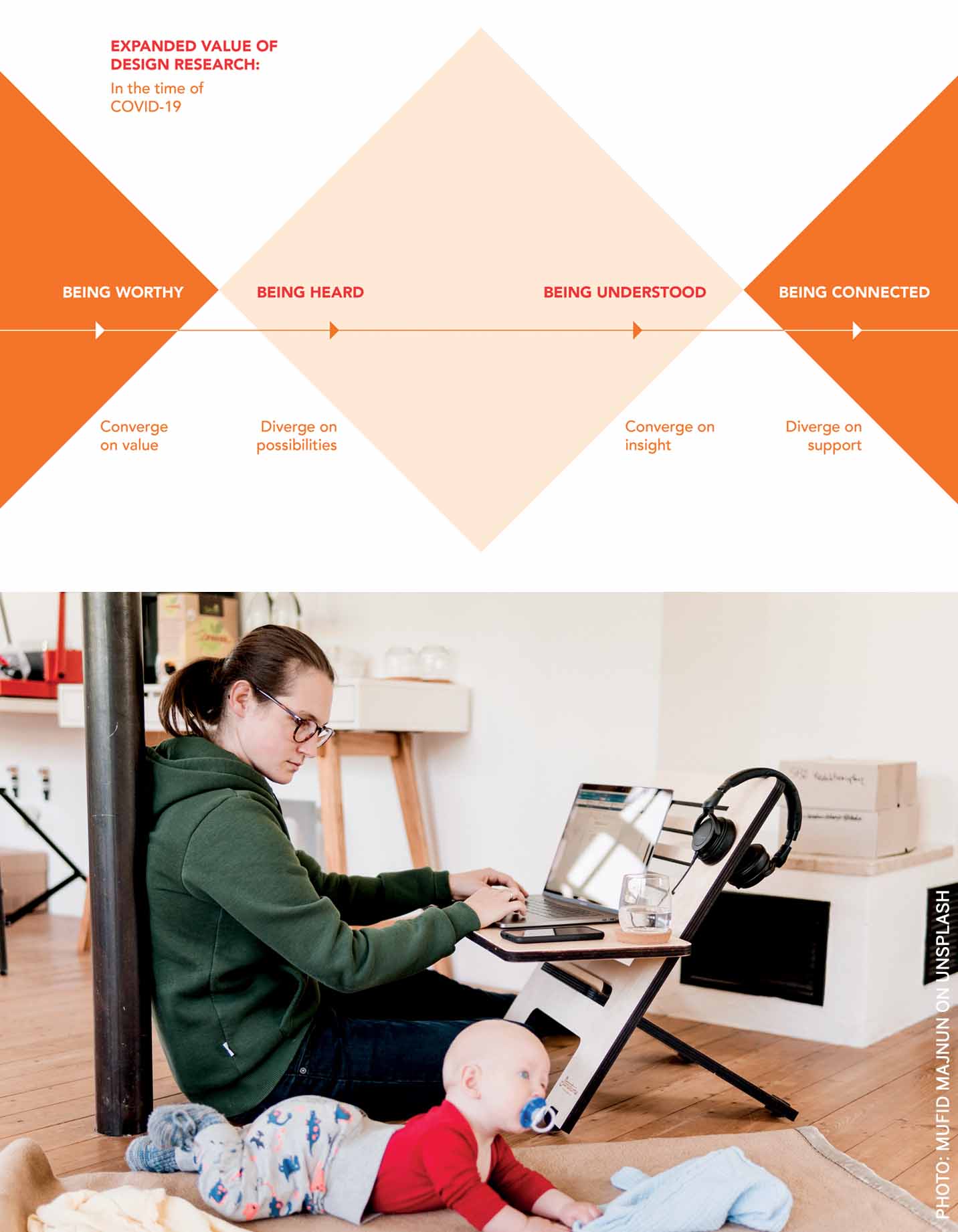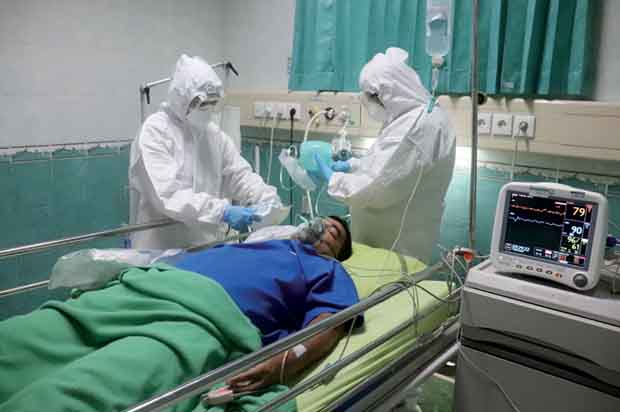“Considering that everything could be much worse, I’d say we’re doing alright.” I was responding to one of the genuine, but repetitive, “How are you?” questions during the pandemic. For 6 months, my husband and I had worked from home alongside a 3-year-old monster – an over-enthusiastic toddler desperate to engage with us at every waking moment. It had been manic. I began work at
4 a.m. every day, my husband’s responsibilities included saving other people’s jobs, and our daughter was logging an unacceptable amount of screen time. Even through such a hopeless scramble, I felt guilty about struggling, because we still had jobs, were physically healthy and could stay together as a family; we were among the lucky ones.
But does that mean our struggle wasn’t real? That we didn’t need support or healing? That our mental health hadn’t been out of tune? The reality is, this pandemic has dragged into the mainframe the typically invisible ‘worst-case’ of a situation. The harsh realities of poverty, disease, criminality, homelessness and so on typically live out of common sight and perception, visible only to an unfortunate few. Suddenly acquainted with the plausibility of the dire extreme, we’ve all been undercutting our own suffering and experience. Brushing off our current pain out of respect for more miserable outcomes ends up adding to the grief – at least it did for me.
So how does one study mental health problems between the extremities, when everyone is eager to brush them off the table? Are these ‘less desperate’ issues even worth researching, knowing there are more dire needs at the front line? If acknowledging our current pain – however expected it may seem as the world grapples through an extraordinary phase – makes us feel guilty, or undeserving of the attention, then where’s the hope for design?
Being heard has been a suitable way to heal in the context of mental health. It is the beginning of being understood, which can ultimately lighten the load of emotional aches. Through contextual, empathic and deep listening – through Design Research – being heard and being understood have been indirect benefits to research participants. For example, when an organisational leader attempts to recognise their employees’ needs relating to spatial design or company culture, research professionals taking the time to truly engage them is a powerful validation.

But how can one be truly heard or understood if they think they’re not worthy of the concern, diminishing their own grief to propel attention toward darker realities? By deploying Design Research not just to deliver more deeply on being heard and understood, but also in inspiring a feeling of being worthy, while encouraging action toward mental health support. What if we reimagined the act of conducting research as a healing service in itself? Acknowledging this higher purpose and opportunity for Design Research may prove to be an important pivot during this extraordinarily troubling pandemic. What’s more, this approach may prove to have long-lasting value in underserved communities or amongst specific topics.
To inspire a feeling of ‘being worthy’ among those that brush off their self-assessed ‘modest’ pain, Design Researchers must begin upstream. Identifying opportunities for design interventions in contexts with denied needs, or convincing clients of design possibilities in glossed over demographics or populations is the first step forward. Engaging stakeholders in betterment possibilities while in a reality of oblivious pain is hard enough, but convincing research participants to acknowledge and confront unnamed fears and experiences is harder. They may not be ready to hear that they have a problem worth studying. Researchers could ‘onboard’ participants in new ways that build a sense of worthiness – instituting pre-research sessions, introductions among users with similar realities, sharing stories of change and historical references are some starter ideas.
This pandemic has dragged into the mainframe the typically invisible ‘worst case’ of a situation
Delivering more deeply on the ‘being heard’ and ‘being understood’ aspects of research may ask for a kinder discussion guide and allowances for listening beyond the research topic. Empathic teams can adopt new sensitivity as they observe and study user behaviour during the pandemic, while also incorporating an ‘educational’ tone to inspire clarity. Reflecting on what is being heard from participants in real-time can help them recognise and understand their own behaviours, deepening the value of the engagement for both researchers as well as participants.
Furthering the meaning of interactions between researchers and participants, ‘being connected’ is a stretch-goal in the time of Covid-19. Researchers are in the unique position of being granted a window into a challenge, problem or pain, and can offer connections to professional networks to continue the mental health conversation. This way, participants feel worthy, heard and understood on a human level and know the first step toward help and healing. Through topical training, researchers can feel confident with specific verbiage, actions or responses that may be necessary or expected.
While everyone understands that living through a pandemic is inspiring more kindness toward others, does everyone realise that their own pain or experience is worthy of attention? That there are problems even in the smallest corners of our life right now, and that wanting to be heard and understood does not mean we’re selfish? Design Research has the power to alleviate this fear and the time is now.




Comments (0)